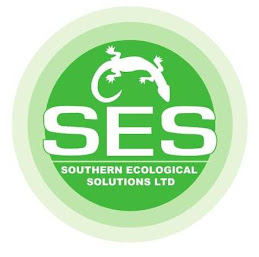Water Vole is a semi aquatic rodent found in Great Britain, Europe and Russia. In Britain, water voles live in burrows excavated within the banks of rivers, ditches, ponds, and streams. They survive up to 2 years and are protected species under UK legislation. As per Wildlife and Countryside Act 1981 (as amended) under Section 9 it is a criminal offense to intentionally kill, injure, take or sell the water vole and damage the places where they have shelter.
Before any development is commenced at riparian zone or areas it is prerequisite to do an environmental assessment to check the presence of the water voles and safeguarding the species from the proposed development. Water vole survey and mitigation can be helpful to meet the purpose.
Ecological consultants who are licensed from Natural England can undertake the Water vole survey. The period between mid April to mid September is the breeding duration when the water voles are more active and it is the best time to conduct water vole survey. As Water voles are shelter underground at the most, it is rare to have an actual sight to them, hence physical evidences are observed such as feeding areas, cutting patterns on vegetation (45 degree angle), burrows, ball nests, latrines, footprints and droppings.
If Water vole survey shows the presence of water voles at the development site, ecological consultants can give practical advice on mitigation techniques to be adopted to commence the development without hurting the species. It has been noticed that the most preferred technique used by ecologists is encouraging the water voles to shift from development area to new alternative habitat using water vole fencing. Depending on the site environmental conditions and development requirements, the water vole exclusion fencing systems are designed by licensed ecological consultants.
Using water vole survey and advanced ecological engineering, the reducing population of water voles can be controlled and saved from any development or amelioration.
skip to main |
skip to sidebar

Southern ecological solutions are an environmental consultancy that has all the services that you would require to make your project a success.
Followers
About SES

- Southern Ecological Solutions
- Southern Ecological Solutions is a professional multi disciplinary consultancy founded with the aim of providing a high quality cost effective ecological consultancy, ecological implementation such as amphibian/reptile fencing and arboricultural service to clients in both the private and public sector.
SES Resources
Southern Ecological Solutions
Habitat creation, Amphibian and Reptile fencing
Call 01245 475565 or contact us on team@ses-eco.co.uk
Call 01245 475565 or contact us on team@ses-eco.co.uk






